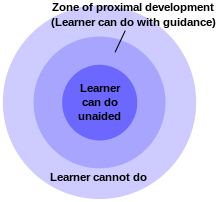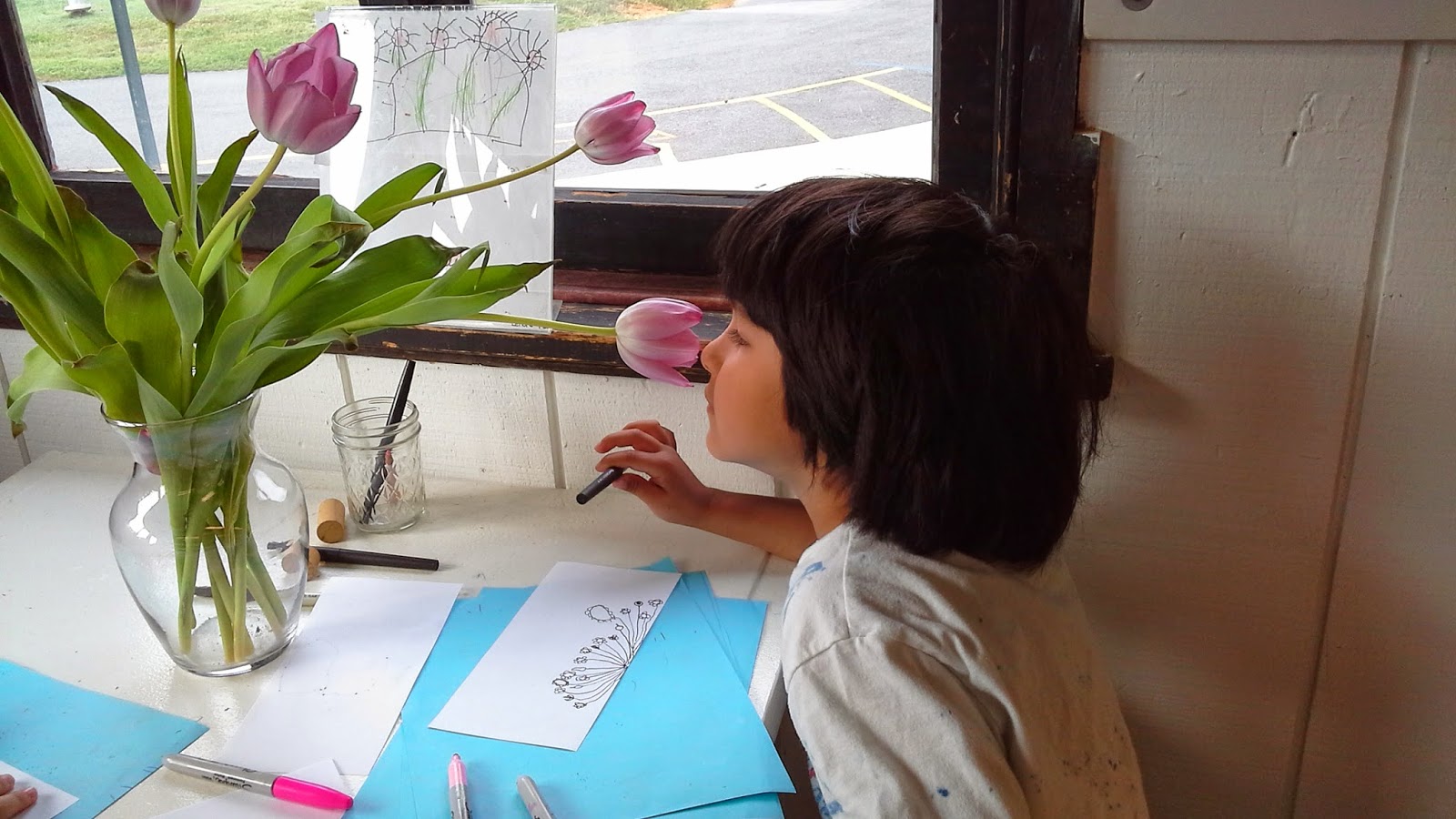 We listen for the space that exists between understanding and confusion. The space that lives between agreement and conflict. This space was defined by Vygotsky, a well respected Soviet psychologist, as the zone of proximal development (ZPD). We see potential in this space (or zone) for learning and discovery.
We listen for the space that exists between understanding and confusion. The space that lives between agreement and conflict. This space was defined by Vygotsky, a well respected Soviet psychologist, as the zone of proximal development (ZPD). We see potential in this space (or zone) for learning and discovery.
 We returned from our field trip with new knowledge regarding the word "city". We saw skyscrapers, new city hall, old city hall, roads, a river, a circular coliseum, the baseball diamond, apartment buildings and parks. Several classmates expressed their vision of the city using blocks and then labeled the parts of the city.
We returned from our field trip with new knowledge regarding the word "city". We saw skyscrapers, new city hall, old city hall, roads, a river, a circular coliseum, the baseball diamond, apartment buildings and parks. Several classmates expressed their vision of the city using blocks and then labeled the parts of the city.


 As the children were
As the children were building
I documented a conversation. I included the things I notes while listening in blue.
L: O, you live in the city.
B: No, you live near me and I don't
live in the city. I live in a neighborhood.
(using landmarks in close proximity to determine location)
L: Just ask your mom. (authority source)
B: You live close to me and it is definitely not the city. (sorting attributes)
L: I live more far away and the city is far from my house. You live close to my brother's school. (more sorting and identifying landmarks and proximity)
G: I live in the place where there are no buildings and just lots of houses. There are lots of vines, morning glories and flowers. (defining attributes)

I asked the children what was needed
when creating a city.
O: It needs to have lots of buildings and there are schools. I don't live in one.
L: You live on the side of a city. (attaching a visual representation)
O: I have gotten in my yard and looked over my fence. I do not see anything that looks like a city. (offering proof)
Dy: If you live in the city it has to be Virginia but I don't
live in
the city because there are not any hotels.
El: I live on the border of the city. I live in a tall tall building. I can see a little bit of Sabot and a little bit of the city. (
provided a word for the idea of a "side of the city".)
Len: I live in Virginia and I live right next to Sabot.

We brought the thinking from the block table to our Project Circle. In their mind's eye where do the children see their house in relation to the city? Where do they see the school? Do the children think that they live in the city of Richmond or do they consider the city an urban environment with a city hall, buses, tall buildings and many hotels?
Where do you live? Do you live in the city of Richmond? We added the visual of the yarn and beads to support the conversation and offer a representation of the conversation.
SR: I live
no where near the city.
Do you live
near Sabot school?
SR: Yes.
Li: I don’t live
near the city. I am not close to Sabot.
Dy: Sabot is really
close to me though and I don’t live near the City. I live in
Virginia near my school.
N: I live close to
Tavish. Yeah, you can
ride a bike to his house. I don’t know
why I am not next to Miles because my dad said that I live near Miles.
T: I live near Nathan’s tower.
The conversation continued as children determined where to place their bead in relation to the tall buildings in the center of the circle (City Hall).
Elina shared her map of Richmond completed at home with her family. The map spanned a large region but offered a perspective of the city because Elina lives in the city.
Anna asked the children to raise their hand if they live near Cartwheels and Coffee or raise their hand if they go to Sabot. Raise your hand if you live near the Diamond.
The children also noticed the river running throughout Elina's map.

Together with the teachers the children hung for awhile in the ZPD and felt some disequilibrium. What does the path to the city look like for each child? Do their paths overlap with each other? What parts of their paths are similar and what parts are different?


































